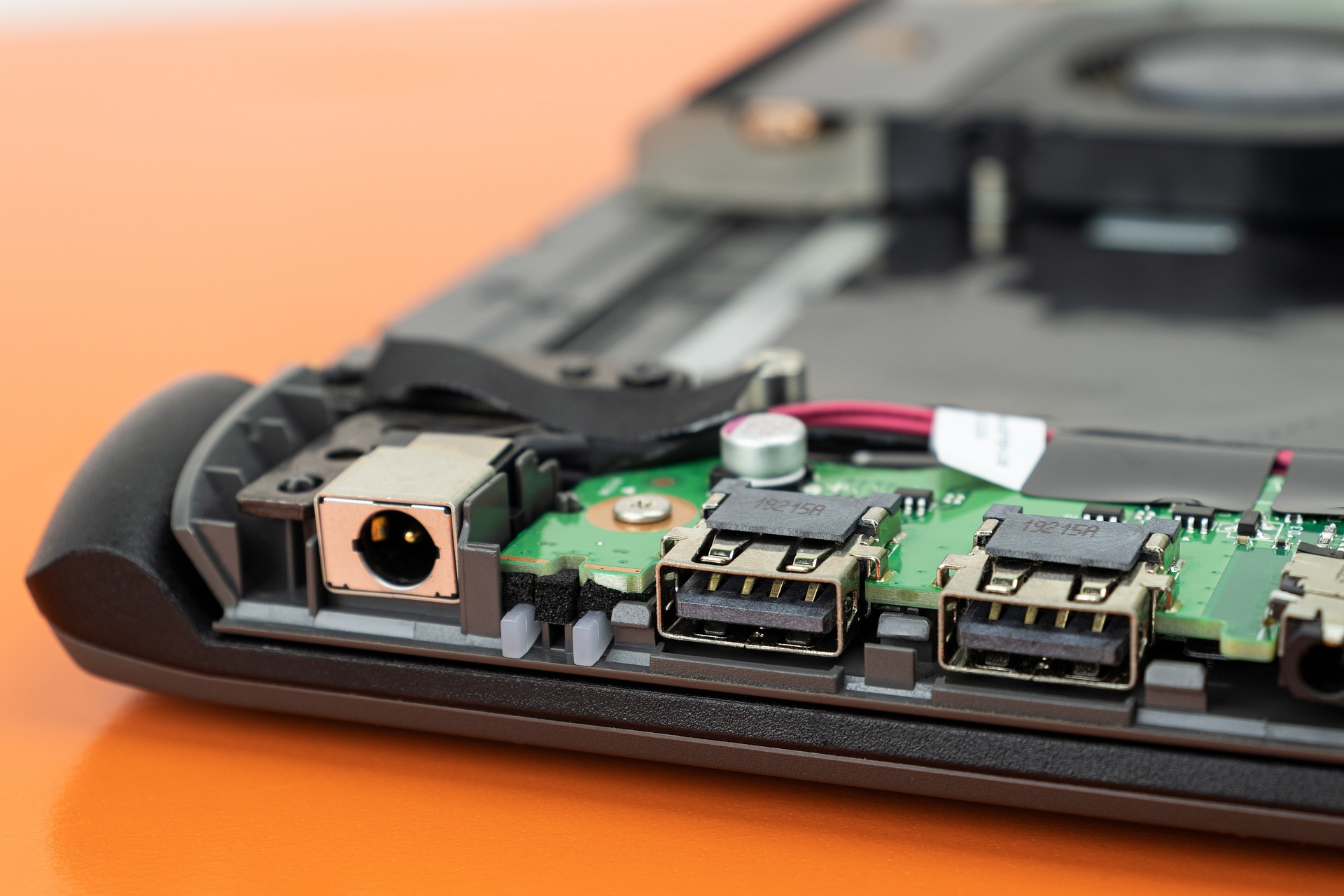Breaking Down the Intricacies of Photonic Computing
A new dawn is upon us in the world of computing, and it's being ushered in by the transformative power of light. Welcome to the era of photonic computing, a cutting-edge technology that could redefine the speed and efficiency of our electronic devices.

A Historical Perspective on Photonic Computing
The idea of using light to process information isn’t entirely new. The concept dates back to the 1960s when researchers first proposed using photons rather than electrons for information processing. However, it wasn’t until the late 1980s that the first practical photonic computer systems started to emerge. These early systems were bulky and expensive, but they paved the way for the miniaturized, highly efficient photonic chips of today.
The Mechanics of Photonic Computing
Photonic computing operates on a simple principle; instead of using electrons to carry information—as is done in traditional electronic devices—photonic computing uses light particles, or photons. Photons have an inherent advantage over electrons in that they can carry more information and do so faster. While electrons are bogged down by resistance and heat, photons can zip along at the speed of light with minimal energy loss.
The Current Landscape of Photonic Computing
Fast forward to the present day, and photonic computing is on the cusp of a major breakthrough. Companies like LightOn, Ayar Labs, and Hewlett Packard Enterprise are making significant advancements in photonic computing, developing photonic processors capable of outperforming traditional electronic processors in specific tasks, such as machine learning and big data analysis.
The Price and Market Impact of Photonic Computing
While it’s too early to determine the exact price range of photonic computing devices, the consensus among experts is that they will likely be more expensive than their traditional counterparts—at least initially. However, the improved speed and efficiency could make them a worthwhile investment for businesses that rely heavily on data processing and analysis.
In terms of market impact, photonic computing has the potential to disrupt multiple industries, from telecommunications and data centers to healthcare and defense. Its ability to process vast amounts of data quickly and efficiently could revolutionize these sectors, paving the way for new applications and services.
The Future of Photonic Computing
As with any emerging technology, the path to widespread adoption of photonic computing will not be without its challenges. One of the major hurdles is finding a way to integrate photonic components with existing electronic systems. There are also technical challenges related to the production of photonic chips, including issues of miniaturization and heat dissipation.
However, the potential benefits of photonic computing are too significant to ignore. If these challenges can be overcome, we could be looking at a future where our electronic devices are faster, more efficient, and capable of handling tasks that are currently beyond our reach.
Photonic computing represents more than just a shift in technology; it’s a paradigm shift in how we think about and use our electronic devices. As the dawn of this new era draws closer, it’s an exciting time to be a part of the tech world.




